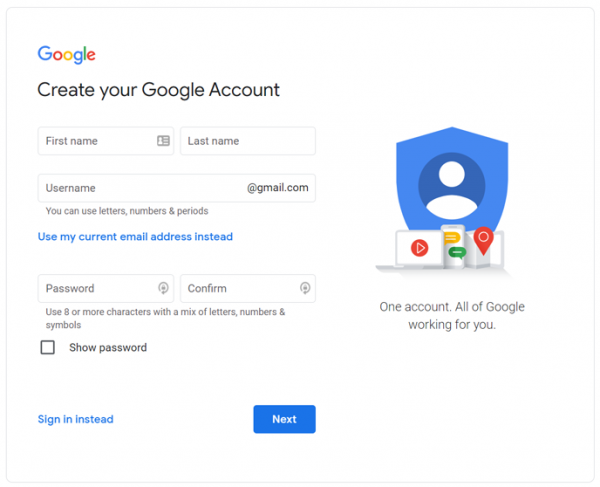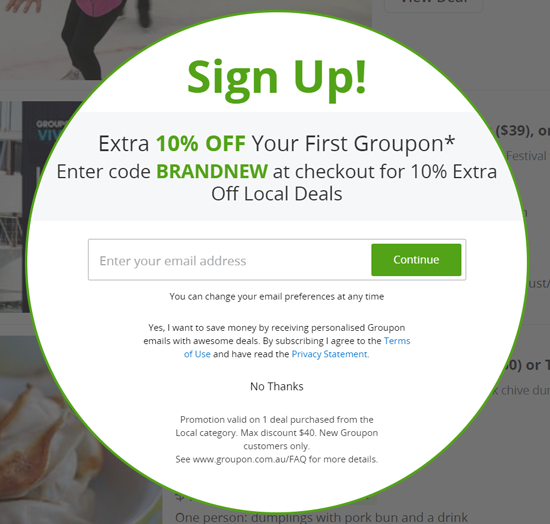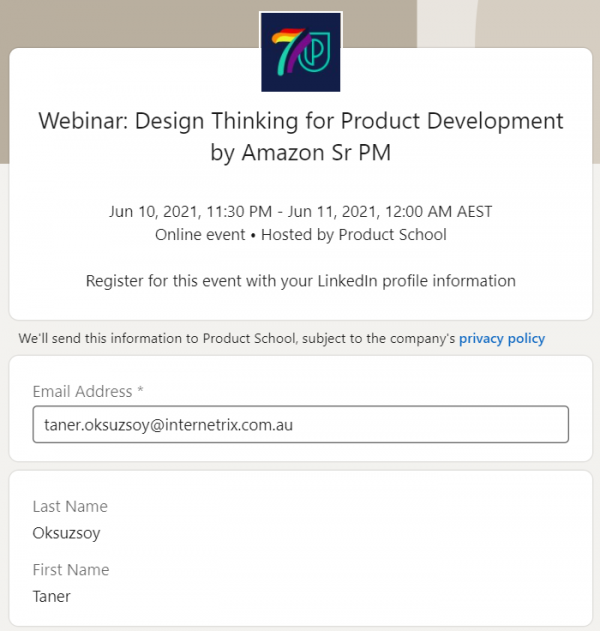The recent wave of data privacy impacting the use of third-party cookies and device identifiers has directly impacted digital marketing efforts in a newfound privacy-first world. Now is the perfect time to (re)invest in a strategy that utilises first-party data. With first-party data, your organisation can drive meaningful marketing campaigns and personalisation in a privacy-first way.
What is first-party data?
First-party data is the information collected directly from your customers, website visitors, mobile app users, or email database list based on how they interact with your business, product, or service. This type of data collected from your customers is high-quality, highly relevant, and cost-effective. Finding ways to ethically collect and use this data whilst respecting user’s privacy is going to paramount moving forward into a privacy-focused, cookieless world.
What to do when collecting first-party data
First-party data must be collected without betraying the trust of the user. Here are some of our tips on how to collect and use their data in an ethical matter:
- Only take what you need. Avoid asking for too much information, especially if it isn’t relevant.
- There needs to be an exchange. Don’t expect people to hand over their personal information for nothing. Offer them value in return.
- Be transparent about your privacy policy and opt-in/opt-out options.
- Use. Data. Responsibly. Users are trusting you with their personal information. Improving their experiences with this information should be your priority.
How to collect first-party data in a privacy-first way
Use it as a relationship-building tool
During key moments along the customer journey, whether a purchase, an account creation, or a subscription sign-up, people share information about themselves and trust that the other party will protect it and use it responsibly.
Over time, as people engage regularly with their preferred providers, those businesses learn more about their customers or audiences and can use those insights to serve them better.
An important part of creating a privacy-forward, first-party relationship with users is clearly communicating what they are agreeing to when they submit their personal information. Ensure your privacy policy is accessible and up to date with the latest laws and regulations.
Transparency is key to be privacy-first. Be transparent with your customers about how they can exercise control over the data being collected, including how to opt-out of tracking or submit a request to have information deleted.
Offer something customers want
You learn more about your customers and audiences through each interaction. There are deliberate steps you can take to collect the information you need to deliver great experiences or provide great service.
For example, offer customers exclusive content, personalised offers, digital experiences, and merchandise rewards, like a deal or coupon, if people provide their email address or phone number.
Host webinars
Due to the pandemic, hosting a virtual webinar has become one of the most efficient ways of speaking directly to an audience. Not only are they great for generating branded content on hot topics presented by industry experts, but they are also perfect for collecting first-party data.
More often than not, webinars require some sort of registration. By collecting participants’ information, you can use that information to tailor future content to a targeted audience as well as build out your customer database.
What information should you be collecting?
Based on the goals and objectives of your business, you need to identify what first-party data you should be collecting in a privacy-first way. This can include:
- Data from consumer behavior or actions are taken across a website, app, and/or product
- Data from CRM data from lead generation
- Data from social media advertising and engagement
- Data from subscription-based emails or products
- Data from polls, surveys
- Data from customer feedback
What do I do with all of this first-party data?
Here are a few ways to use first-party data to drive meaningful marketing:
- Use web analytics data to improve poor performing content and pages
- Send targeted and triggered emails to customers based on their recent website activity
- Segment your customer base to improve targeting and personalisation
- Use a multi-channel marketing automation platform to engage users across all channels that they are present on
- Improve the consistency of messaging across channels to make it seamless for customers



